All but the first of these books were read during two visits to the wonderful Marrickville Library. The first was a gift from a friend.
Margaret Mahy, The Man Whose Mother Was a Pirate (Puffin 1996)
This is one of the great picture books. A drab little man who works in a soul-destroyingly dull job has a large, exuberant mother who used to be a pirate. He has never even seen the sea until, at her request, he wheels her over a long distance down to the coast. On the way, in spite of the discouraging comments from a philosopher and others they encounter, he becomes increasingly enraptured by the idea of the sea. When they arrive, the reality is overwhelmingly more impressive than his imaginings. (The opposite of Proust, you could say.) In Margaret Chamberlain’s illustrations, the little man’s transformation is wonderful to behold, as iss the mother’s exuberance and the stunning beauty of the sea.
A Catholic priest once told me he used this book as the basis for sermons. Ruby quite likes it, asked for it more than once, but it’s not a great favourite (yet, he added hopefully).
Margaret Mahy (words) and Jonathan Allen (pictures), The Great White Man Eating Shark (Puffin 1989)
This is another of my favourite picture books. Norvin is an unprepossessing boy and failed actor. He loves to swim, ‘to cut through the water like a silver arrow’, but other people at the beach always get in the way. He decides to capitalise on his appearance and his acting skills and disguises himself as a shark. When the other bathers panic, he has the beach all to himself … until a lady shark comes along and is beguiled by his gorgeous sharkiness. Jonathan Allen’s illustrations strike a perfect note that combines silliness and threat.
In spite of Ruby’s love of ‘Baby Shark‘ (if you don’t know about that song, click on the link), her current love of swimming, and her enduring love of pretend games, this book sadly failed to hit the spot (yet, I say again).
Atinuke (words) and Angela Brooksbank (images) B Is for Baby (Walker Books 2019)
This is not an alphabet book. It’s entirely about the letter B. And somehow that’s perfect for Ruby just now. She can recognise all the letters of the alphabet, and having one of them have a whole book to itself appeals to her. Especially when it’s identified with a brilliant little baby.
Evidently Atinuke, originally from Nigeria and currently living in Wales, has written a number of books featuring this baby. I don’t know if Angela Brooksbank has illustrated them all. I hope so, because the warmth and sheer life of these images is a tonic for the heart.
Bec Barnes, My Rhino Is Better Than Yours (David Fickling 2020)
The recurrent phrase, ‘The rhino that I know is better than yours,’ works like a charm. Two children, a boy and a girl, compete for the title of best rhino owner, their claims for their respective toys becoming more and more hyperbolical, and incidentally transgressing all sorts of gender-specific boundaries. Not just the rhyme, but the concept and the final resolution, in which a real rhino turns up and threatens to eat both children, work a treat. I approached this book with dread, but came very quickly to share Ruby’s love of it.
Lizi Boyd, I Wrote You a Note (Chronicle Books 2017)
As with the rhino book, the rhyme of this title, which I would barely have noticed, appeal hugely to this three-and-a-quarter-year-old. She chanted it over and over in the car on the way home from the library.
A young person’s note is found by a series of creatures who miraculously don’t chew it, or rip it, or soak it, and in the end it finds it way to its intended reader. Ruby loves to draw pictures for (and of) absent loved ones. This book is right up her alley.
The cover gives a good idea of the subtle style of illustration.
Andrew Joyner, The Pink Hat (Schwartz and Wade 2017)
Like I Wrote You a Note, this picture book follows the vicissitudes of an inanimate object – in this case a pink knitted hat – as it is claimed by one creature or person after another and then escapes them. This time, the the hat doesn’t just end up with the young person it is intended for, but with her it joins a sea of pink knitted hats at the great Women’s March of 2017. It’s a brilliant example of a book that is deeply satisfying on a number of levels. Andrew Joyner, an Australian who has illustrated for my beloved School Magazine, says on his website:
Inspired by the 5 million people (many of them children) in 82 countries who participated in the 2017 Women’s March, this is a book that celebrates girls and women and equal rights for all!
I’ll keep an eye out for his Stand Up! Speak Up!, a story inspired by the Climate Change Revolution, which may be a little old for Ruby for another year or so.

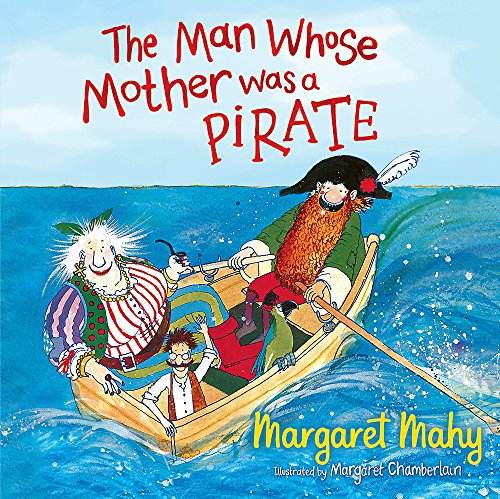

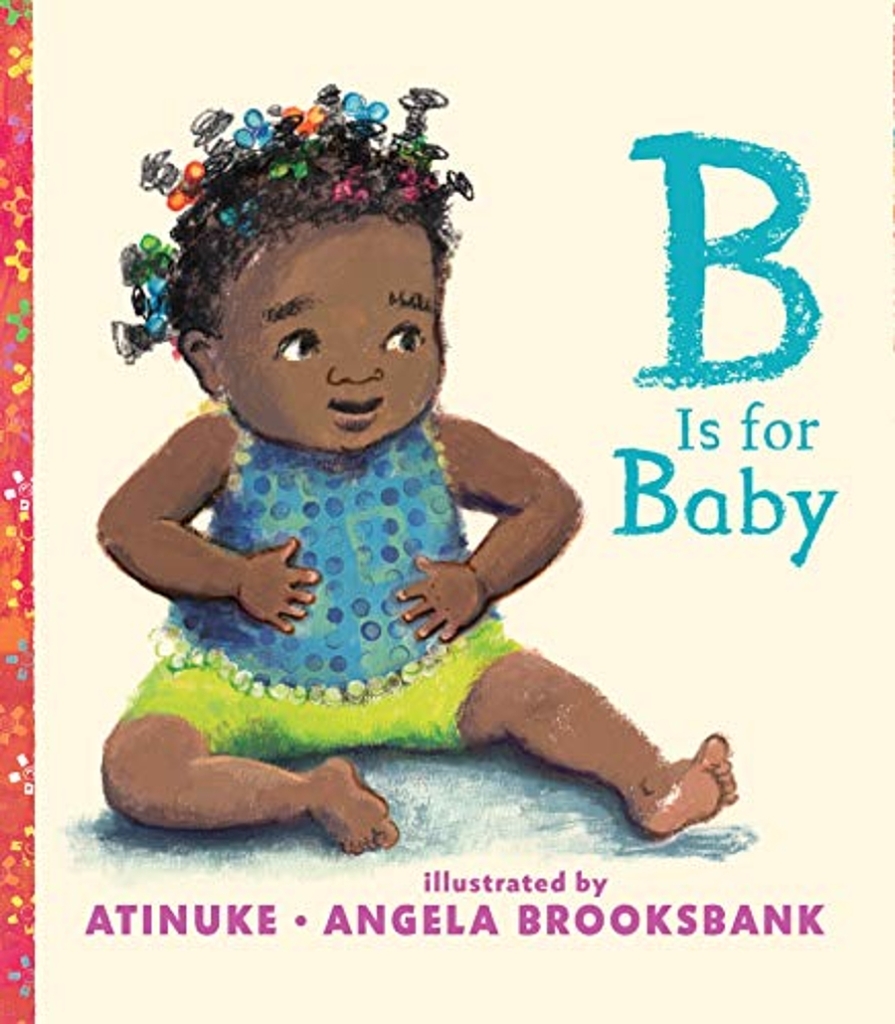
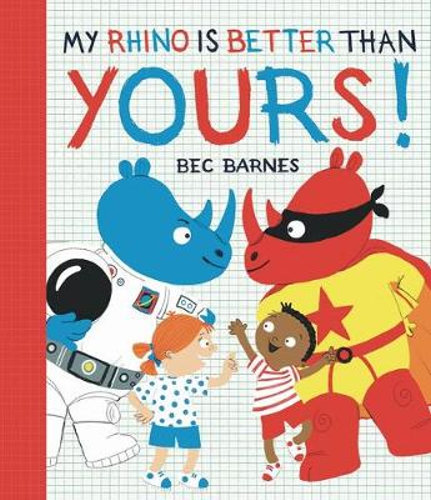
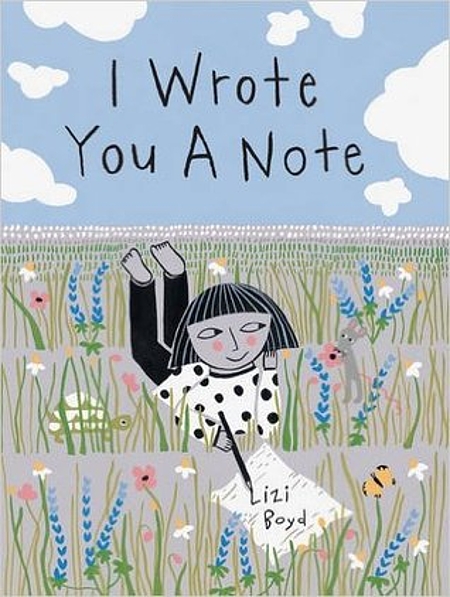








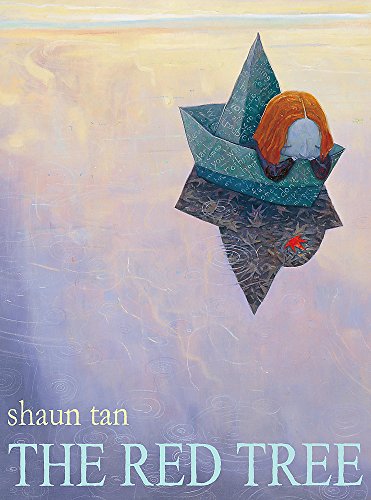


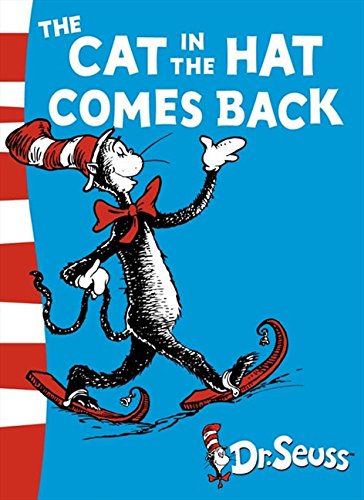



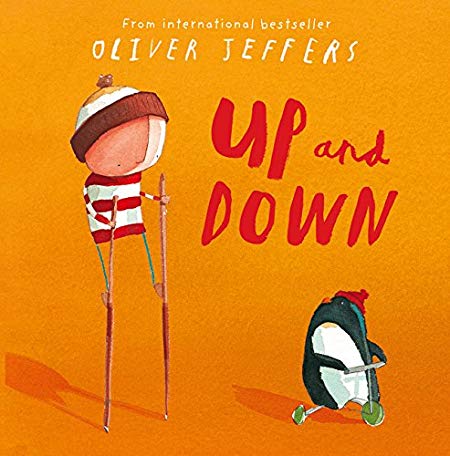
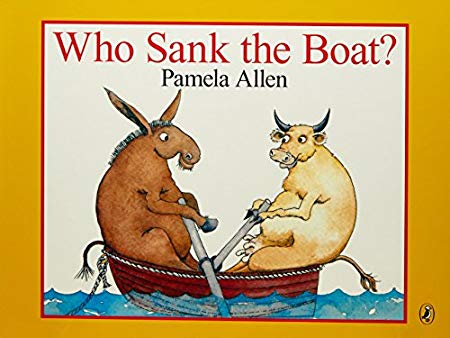
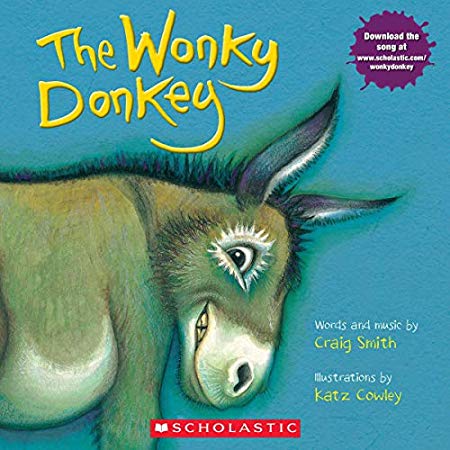
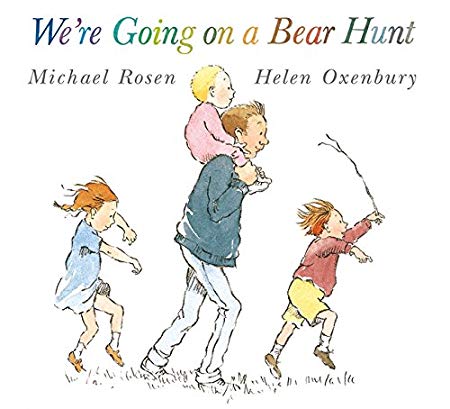
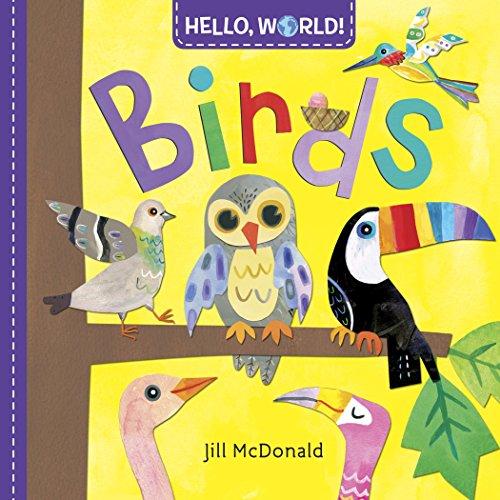
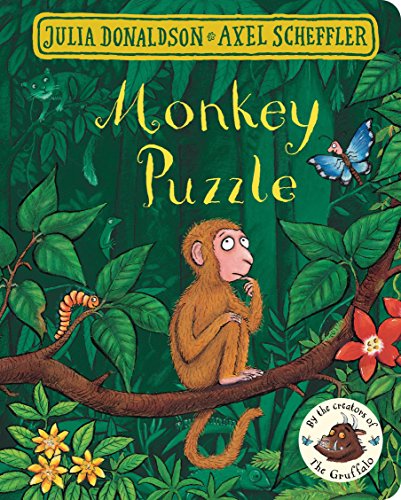
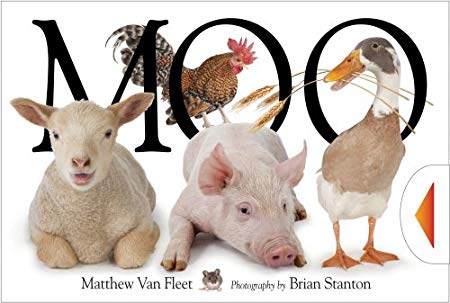
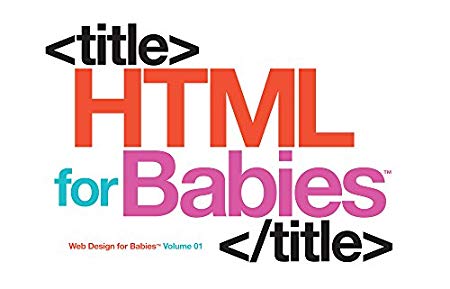
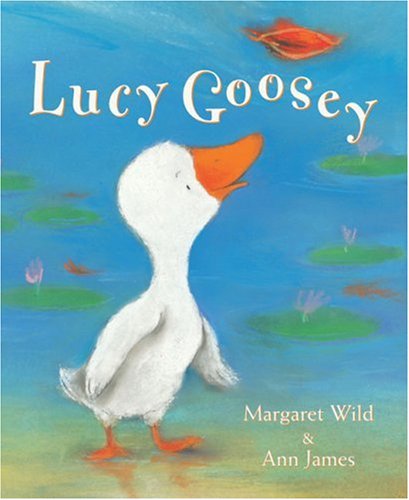

















 Amazing Australian Women is the nineteenth book I’ve read for the
Amazing Australian Women is the nineteenth book I’ve read for the 
